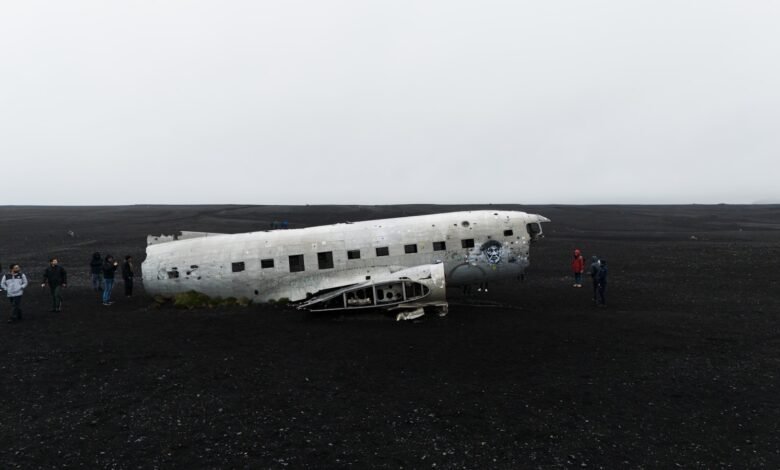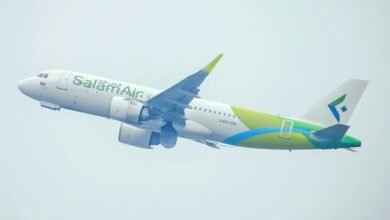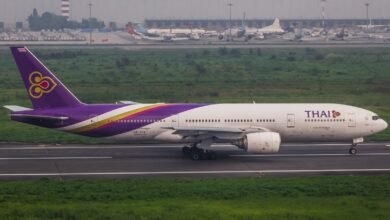The Deadliest Passenger Plane Crashes in History – Causes and Lessons Learned

Air travel is one of the safest modes of transportation, but throughout history, tragic accidents have shaped aviation safety standards. This article examines the deadliest passenger plane crashes, their causes, and the lessons learned to prevent future disasters.
1. Tenerife Airport Disaster (1977) – 583 Fatalities
Flight: KLM Flight 4805 & Pan Am Flight 1736 (collision)
Cause: Pilot error, miscommunication, and fog
-
Two Boeing 747s collided on the runway in Tenerife, Spain.
-
Poor visibility and radio misunderstandings led to the KLM pilot taking off without clearance.
-
Key Lesson: Improved cockpit communication protocols and standardized ATC phrases.
2. Japan Airlines Flight 123 (1985) – 520 Fatalities
Aircraft: Boeing 747
Cause: Structural failure due to improper repair
-
The plane’s rear bulkhead failed mid-flight after a faulty repair years earlier.
-
Pilots struggled to control the aircraft for 32 minutes before crashing into a mountain.
-
Key Lesson: Stricter maintenance checks and reinforced aircraft structural inspections.
3. Charkhi Dadri Mid-Air Collision (1996) – 349 Fatalities
Flights: Saudia Flight 763 & Kazakhstan Airlines Flight 1907
Cause: Pilot error and ATC miscommunication
-
A Saudi 747 and Kazakh Il-76 collided mid-air over India.
-
The Kazakh pilot descended below assigned altitude.
-
Key Lesson: Mandatory TCAS (Traffic Collision Avoidance System) installation.
4. Turkish Airlines Flight 981 (1974) – 346 Fatalities
Aircraft: McDonnell Douglas DC-10
Cause: Cargo door failure leading to explosive decompression
-
A faulty latch caused the cargo door to blow out, severing flight controls.
-
The DC-10 crashed in France, exposing design flaws.
-
Key Lesson: Redesigned cargo door mechanisms and stricter engineering tests.
5. Malaysia Airlines Flight MH17 (2014) – 298 Fatalities
Aircraft: Boeing 777
Cause: Shot down by a missile over Ukraine
-
The plane was hit by a Russian-made Buk missile amid the Ukraine conflict.
-
Key Lesson: Stricter no-fly zone enforcement over war zones.
6. Air France Flight 447 (2009) – 228 Fatalities
Aircraft: Airbus A330
Cause: Pilot error and faulty speed sensors (pitot tubes)
-
Ice crystals blocked airspeed sensors, causing autopilot disengagement.
-
The crew mishandled the stall, leading to a crash into the Atlantic.
-
Key Lesson: Better pilot training on manual stall recovery and improved sensor reliability.
7. American Airlines Flight 587 (2001) – 265 Fatalities
Aircraft: Airbus A300
Cause: Overuse of rudder leading to structural failure
-
The co-pilot made aggressive rudder movements to counter turbulence, causing the tail to detach.
-
Key Lesson: Revised pilot training on turbulence response and rudder limitations.
Common Causes of Plane Crashes
✔ Pilot Error (50%+ of crashes) – Misjudgment, poor training, or fatigue.
✔ Mechanical Failure – Faulty engines, structural defects, or system malfunctions.
✔ Terrorism/Sabotage – Bombings or missile attacks (e.g., Pan Am Flight 103).
✔ Weather & ATC Errors – Storms, miscommunication, or runway confusion.
How Aviation Safety Has Improved
-
Enhanced Black Boxes – Longer recording times & crash-proof designs.
-
Better Pilot Training – Focus on crisis management and automation reliance.
-
Stricter Maintenance Laws – Mandatory checks for aging aircraft.
-
Real-Time Flight Tracking – Systems like ADS-B prevent disappearances (e.g., MH370).
Conclusion
While air disasters are rare today, each tragedy has led to life-saving improvements in aviation. Thanks to stricter regulations, advanced technology, and better training, flying remains safer than ever.



